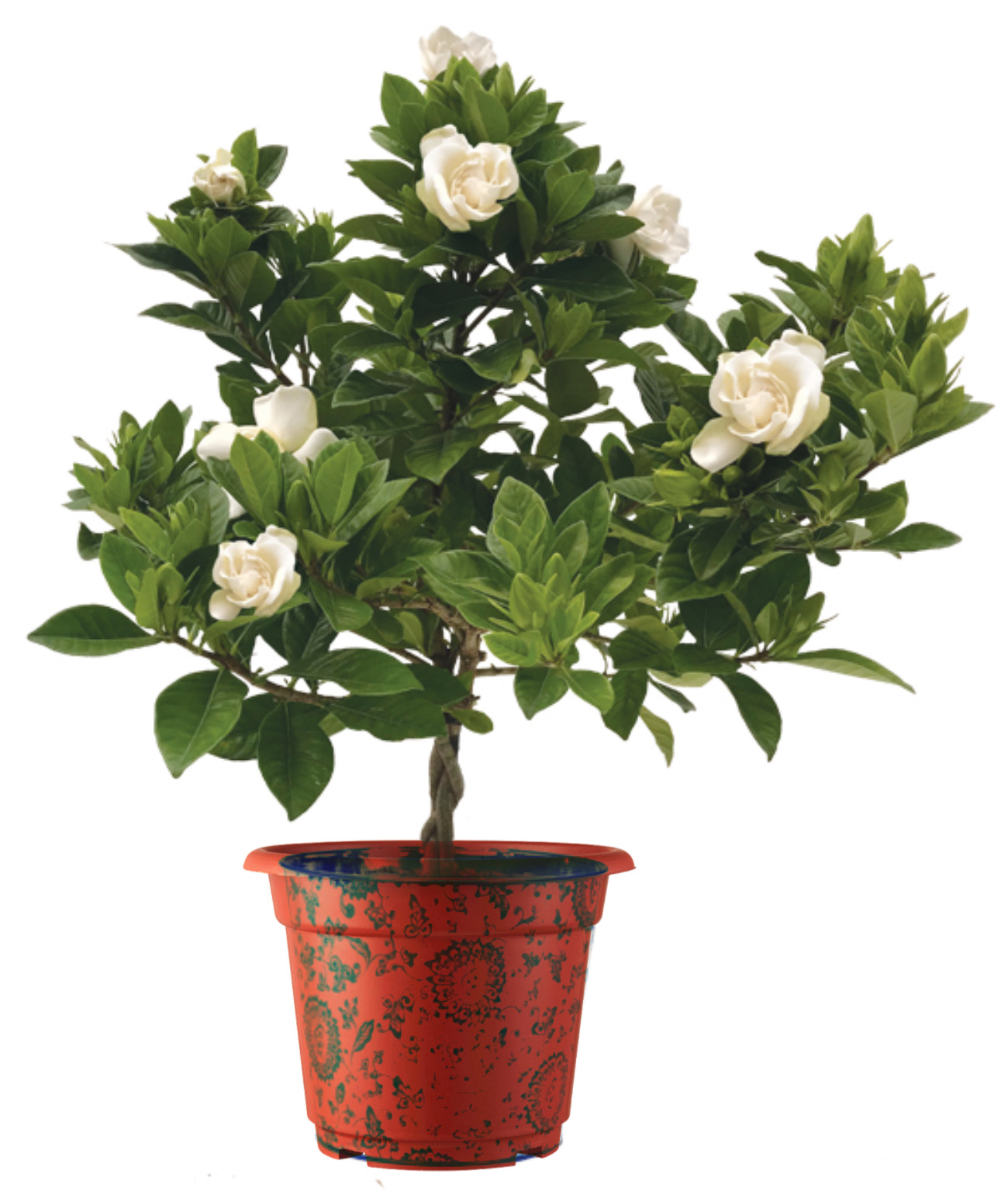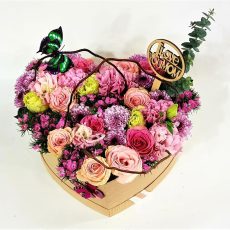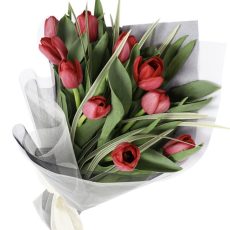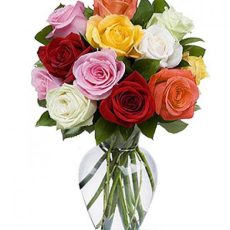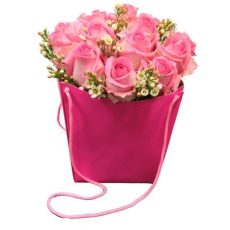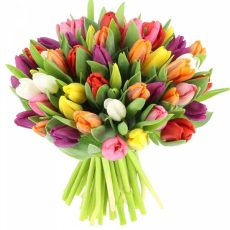Gardenia plants size ?
pot size 21 , height 1.10 m
Why Send Gardenia Plants Online as Gifts for your Friends and Family?
Planting greens is the only way towards a healthy world. To reduce the pollution outside we should put plants at our homes, as much as we can! You can opt for some flowering plants gardenia – a good luck plant. Even a Gardenia plant is a great solution to fight the pollution. Most of you do not know that Gardenia is not a species of tiny tree, it can be any number of unlike trees which can be cultivated together in a particular way. The Gardenia plants was formed many years ago in Scottish naturalist . We are continuing that art so that you can enrich your collection with a few of them.
Gardenia plants capture the essence of nature. Indoor plants revitalize and enrich the indoors. Outdoor plants are decorative and ornamental at Flower Zone Boutique. This dramatic looking plant in a beautiful vase is extremely popular and brings lots of luck and prosperity in life. Gardenia styles are open to individual interpretations and creativity. It is beautiful and inspiring and will surely turn heads.
Gift your loved ones a delightful Buddha tea light holder, a fresh and beautiful gardenia plant and two ball candles. Order this special plant today and nature will bloom again. Present this marvelous plant to your loved ones and preserve nature. Gardenia which adds grace and elegance to the house. Gift this stunning gardenia and bring lots of good fortune to the life of your loved one.
Gardenia care ?
Gardenia is a genus of flowering plants comprised of about 142 species belonging to the family of Rubiaceae. Gardenia plants are indigenous to the tropical and subtropical areas of Africa, Asia and Australia.
Gardenias are evergreen shrubs which can grow from two to twenty feet or more in height in their natural habitat. The leaves are glossy, dark green growing from about one to ten inches long depending on the species. Gardenia flowers are white or yellow in color and develop either a single or a cluster of blossoms. The flowers of many species are known for their intoxicating sweet scent.
Gardenia jasminoides, also known as Gardenia grandiflora, originated in Asia. In China Gardenia jasminoides is called Zhi zi and in Japan it is called Kuchinasi. The yellow flowers are used in both countries as dye for clothes and food. It has been grown in China for more than one thousand years and has been introduced to England in the 18th century. Several hybrids have been created, including low growing plants with large flowers. The white flowers are large and highly fragrant. Several decades ago the flowers were worn by men as boutonnieres on special occasions. Jazz singer Billie Holiday called gardenia flowers her trademark by wearing them in her hair. Today the flowers are still a favorite choice for weddings and proms.
Gardenia jasminoides is considered a difficult plant to take care of. Many times gardenia plants with many buds are bought and the buyer eagerly awaits the opening of the flowers. But many times the buds drop without further development. When purchasing gardenia plants it’s better to start with small plants without buds. The plants need some time to adjust to the environment in their new home. Once the plants have adjusted to their new home, flower buds start to develop into beautiful, sweetly scented gardenia flowers.
Gardenia taitensis, also called Tahitian Gardenia and Tiare Flower, is one of only a few plants indigenous to Polynesia. This evergreen tropical shrub can grow as tall as twelve feet. The flowers are white, composed of five to nine petals and very fragrant.
Inhabitants of Polynesia use these highly fragrant flowers as necklaces. These floral necklaces are called Ei on the Cook Islands, Hei on Tahiti and Lei on Hawaii.
On some Pacific islands wearing these gardenia flowers indicates one’s relationship status. When the flower is worn on the right ear, the person is available. When the flower is worn on the left ear, the person is taken.
The flowers of Gardenia taitensis are used to make Monoi Tiare Tahiti, which is a perfume oil, by infusing the flowers in coconut oil. This process is called “Enfleurage”. The process uses odorless fats that are solid at room temperature to capture the fragrant compounds released by plants.
In addition, the flowers are also used in highly priced perfumes, like Tiare by Ormonde Jayne and Tiare by Chantecaille.
Other popular Gardenia species include Gardenia brighamii, Gardenia cornuta and Gardenia nitida, to name a few.
Gardenia plants prefer partial sun and should be protected from the hot afternoon sun during the summer months. They grow and flower well under grow lights where night temperatures should not go below 60 to 65 degrees which translates to 15 to 18 degrees Celsius.
Gardenia plants are prone to root disease. Growing them in clay pots can reduce the risk as the potting medium dries out faster in clay pots. Gardenia plants prefer an acidic potting medium, soil, meaning the soil ph is less than 7. If the potting medium is not acid enough, many nutrients, including iron, cannot be absorbed by the roots and the plants develop a condition, called Chlorosis, which expresses itself in yellowing of the leaves. Some gardeners pour a small amount of vinegar at the top of the soil to prevent or treat mild cases of Chlorosis.
It is best to water the plants when the surface of the potting medium looks and feels dry. It is recommended to avoid using “hard” tap water. If the tap water is very “hard”, adding some vinegar to the watering can lowers the ph level of the water. When watering it is important to water the plants thoroughly until water drips through the drainage holes at the bottom of the pot. The gardener needs to make sure that no water remains in the saucer after the drainage process is complete.
When fertilizing gardenia plants any balanced fertilizer at one quarter strength of the recommended dosage can be used. Using a fertilizer designed for acid loving plants reduces the risk of Chlorosis.
Humidity should be kept at 50% or higher. If humidity is low, misting the plants frequently or using a humidifier greatly benefits gardenia plants.
When proven and tested guidelines are followed, gardenia plants with their highly fragrant flowers bring years of enjoyment to the outdoor and indoor gardener.
Gardenia origin ?
Gardenia is a genus of flowering plants in the coffee family, Rubiaceae, native to the tropical and subtropical regions of Africa, Asia, Madagascar and Pacific Islands. The genus was named by Carl Linnaeus and John Ellis after Dr. Alexander Garden (1730–1791), a Scottish-born American naturalist.
Gardenia jasminoides, the gardenia, cape jasmine, cape jessamine, danh-danh, or jasmin, is an evergreen flowering plant of the coffee family Rubiaceae. It originated in Asia and is most commonly found growing wild in Vietnam, …
a tree or shrub of warm climates, with large, fragrant white or yellow flowers

